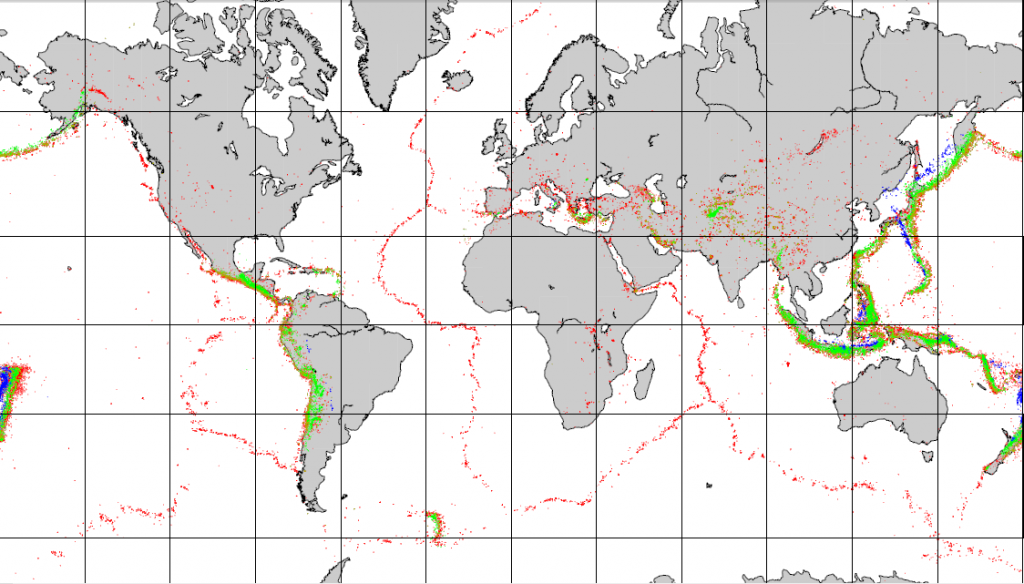
https://weather.com/news/news/2025-03-28-powerful-earthquakes-thailand-myanmar
We can’t ignore how Myanmar’s earthquake is linked to the climate crisis
https://www.thecanary.co/global/world-analysis/2025/03/31/myanmar-earthquake/
On Friday, a powerful earthquake measuring 7.7 on the Richter scale struck central Myanmar, causing extensive damage and loss of life across the region. The tremors were felt far beyond Myanmar’s borders, impacting areas as distant as Thailand and China.
This disaster highlights the critical link between the climate crisis and the frequency of such extreme weather events, emphasising the urgent need for integrated disaster risk reduction (DRR) strategies that include social cohesion and political will
+++++++++++++
More evidence for why the media has lost most of their credibility.
Plate tectonics determine earthquakes NOT weather or climate. Believing everything the media prints, especially about the fake climate crisis is making people dumber!
We can try to fix that
+++++++++
https://www.yahoo.com/news/caused-myanmar-earthquake-why-did-143747460.html?fr=yhssrp_catchall
The earth's upper layer is split into different sections, called tectonic plates, which are all moving constantly. Some move alongside each other, whilst others are above and below each other.
It is this movement that causes earthquakes and volcanoes.
Myanmar is considered to be one of the most geologically "active" areas in the world because it sits on top of the convergence of four of these tectonic plates - the Eurasian plate, the Indian plate, the Sunda plate and the Burma microplate.
++++++++++

General distribution of global earthquakes of magnitude 4 and greater from 2004 to 2011, color coded by depth (red: 0 to 33 kilometers, orange 33 to 70 kilometers, green: 70 to 300 kilometers, blue: 300 to 700 kilometers).
+++++++++++
https://en.wikipedia.org/wiki/Plate_tectonics
Plate tectonics (from Latintectonicus, from Ancient Greekτεκτονικός (tektonikós) 'pertaining to building')[1] is the scientific theory that the Earth's lithosphere comprises a number of large tectonic plates, which have been slowly moving since 3–4 billion years ago.[2][3][4] The model builds on the concept of continental drift, an idea developed during the first decades of the 20th century. Plate tectonics came to be accepted by geoscientists after seafloor spreading was validated in the mid-to-late 1960s. The processes that result in plates and shape Earth's crust are called tectonics. Tectonic plates also occur in other planets and moons.
Earth's lithosphere, the rigid outer shell of the planet including the crust and upper mantle, is fractured into seven or eight major plates (depending on how they are defined) and many minor plates or "platelets". Where the plates meet, their relative motion determines the type of plate boundary (or fault): convergent, divergent, or transform. The relative movement of the plates typically ranges from zero to 10 cm annually.[5] Faults tend to be geologically active, experiencing earthquakes, volcanic activity, mountain-building, and oceanic trench formation.